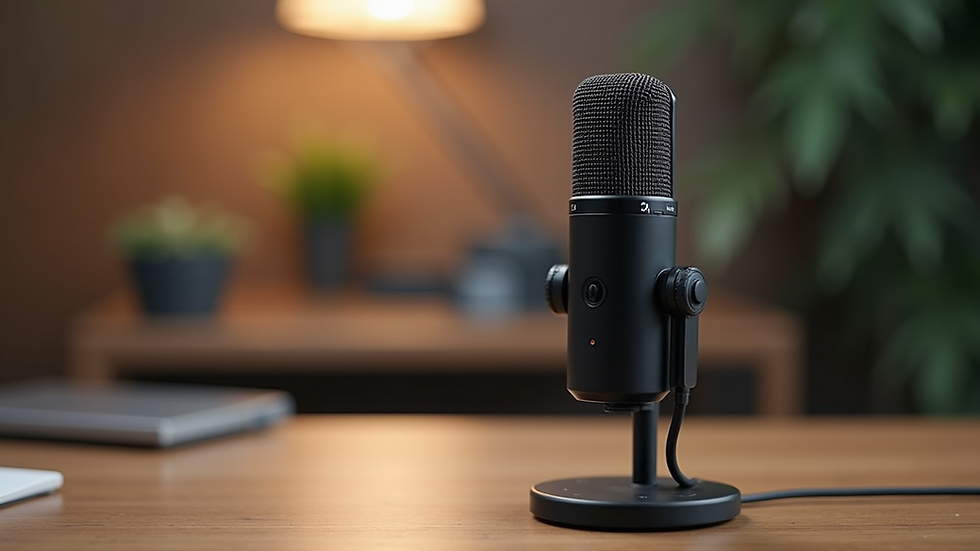Maximizing Reach with Audio Search Optimization Strategies
- Infinity Plus
- Oct 14
- 3 min read
In an era where audio content is booming, businesses and content creators must adapt to meet audience demands. With the rise of smart speakers, podcasts, and voice searches, optimizing audio content for search engines has become imperative. Audio Search Optimization (ASO) focuses on enhancing audio material to improve visibility in search results. This post will dive into effective strategies that can significantly expand your audio reach.
Understanding Audio Search Optimization
Audio Search Optimization is all about making audio content more discoverable by search engines. Unlike traditional text-based content, audio requires a specific strategy for effective ranking in search results. Key tactics include using relevant keywords, creating precise transcripts, and leveraging metadata correctly.
For instance, consider how a podcast episode on "healthy eating" might benefit from ASO. By using keywords like "nutrition tips," "meal prep," and "healthy recipes" throughout the episode’s script and title, the visibility of the podcast can be improved. As voice search use is projected to reach 55% of households by 2030, understanding ASO is now more crucial than ever.

Keyword Research for Audio Content
Just like in written content, keyword research is essential for audio. Identifying popular phrases that your audience uses can greatly enhance your reach. Tools like Google Keyword Planner and Answer the Public reveal search terms that resonate with users.
For example, if you're producing a podcast about technology, terms like "latest tech trends" or "best gadgets 2023" should be naturally integrated into your audio scripts, titles, and descriptions. Using these keywords effectively makes your content more relevant, facilitating improved rankings in search results.
Creating Transcripts
Transcripts enhance accessibility and SEO for audio content. By providing a written version, you not only help search engines index your material effectively but also cater to different audience preferences. Research indicates that around 25% of podcast listeners are more likely to engage with the content if a transcript is available.
When crafting transcripts, precision is key. Ensure they are accurate and well-structured, incorporating timestamps to help users navigate to specific segments easily. A well-crafted transcript can increase both user engagement and content visibility.

Leveraging Metadata
Effective metadata is vital for successful ASO. This includes the titles, descriptions, and tags associated with your audio content. Ensure your metadata is descriptive and includes relevant keywords, which helps search engines categorize your work effectively.
For instance, using structured data markup can give search engines clearer context about your audio. A podcast episode showing up in a rich snippet, which can increase click-through rates by up to 30%, can greatly enhance its visibility and reach.
Promoting Your Audio Content
After optimizing your audio content, promotion is the next critical step. Share your audio across various platforms like social media, websites, and in email newsletters. Engaging with your audience can drive more traffic to your audio and improve its visibility.
Encourage listeners to leave reviews and ratings, which can boost credibility and attract new listeners. Collaborating with other creators in your niche can also help you tap into new audiences. For example, co-hosting a podcast episode with another influencer can introduce your content to their followers, expanding your reach significantly.

Key Takeaways for Success
Audio Search Optimization is a game-changing strategy for expanding the reach of your content. By grasping audio indexing, carrying out effective keyword research, creating accurate transcripts, leveraging impactful metadata, and actively promoting your content, you enhance your chances of being discovered in search results. With audio consumption on the rise, applying these strategies is more important than ever. Start implementing ASO today, and watch your audience grow!



Comments